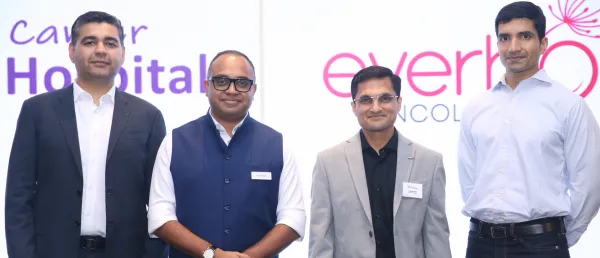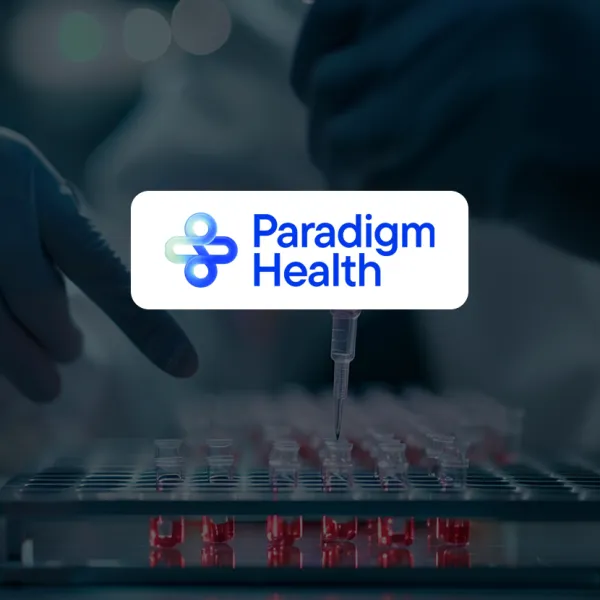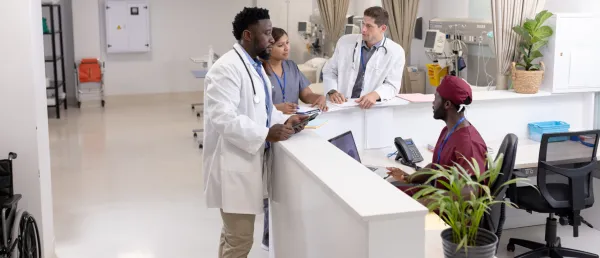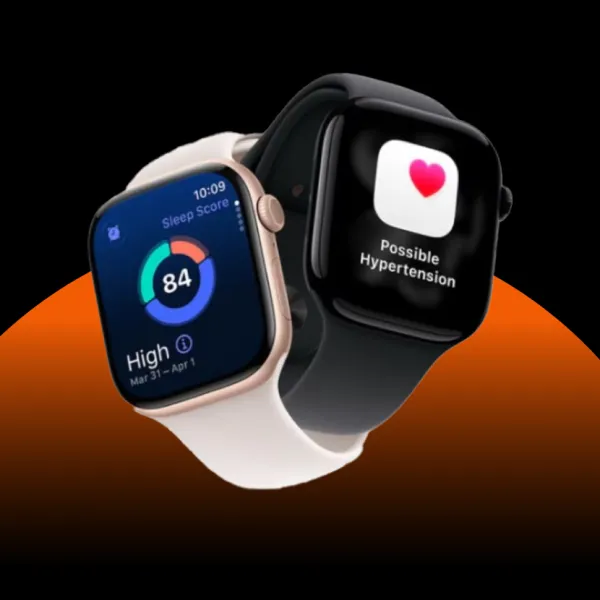NIHR-funded Study Finds AI Could Improve IVF Success Rates

The research found that AI could assist in determining the optimal timing for triggering hormone injections during IVF treatments.
A new study, funded by the National Institute for Health Research (NIHR), suggests that artificial intelligence (AI) could help improve success rates in in-vitro fertilization (IVF) treatments.
The research, which was carried out by researchers from Imperial College London, University of Glasgow, University of St Andrews, and clinicians from Imperial College Healthcare NHS Trust, found that AI could assist in determining the optimal timing for triggering hormone injections during IVF treatments.
The study, published in Nature Communications, was funded by the NIHR Imperial Biomedical Research Centre and UK Research and Innovation.
Infertility affects approximately one in six individuals and couples, often leading them to pursue IVF as a means of conception. Current IVF success rates are highly dependent on the age of the woman, with patients aged 18 to 34 achieving a 42% pregnancy rate.
During IVF treatment, ultrasound scans are used to measure follicle sizes to determine when to administer a hormone injection that prepares the eggs for fertilisation. The timing of this injection is critical as it is less effective if follicles are too small or too large.
The study utilized "Explainable AI" techniques to analyze data from over 19,000 patients who had undergone IVF treatment. The analysis identified follicle sizes that correlated with successful egg retrieval, suggesting that targeting follicles between 13mm and 18mm in size could improve the chances of retrieving mature eggs and increasing birth rates.
Professor Waljit Dhillo, co-senior author of the study, Dean of the NIHR Academy, and NIHR Scientific Director for Research Capacity and Capabilities said, “Our study is the first to analyze a large dataset to show that AI can identify the specific follicle sizes that are most likely to yield mature eggs more precisely than current methods. This is an exciting development as the findings suggest that we can use information from a much wider set of follicle sizes to decide when to give patients trigger shots rather than just the size of only the largest follicles - which is what is used in current clinical practice.”
Currently, IVF protocols focus on the largest follicles, with the hormone trigger given when two or three follicles exceed 17-18mm. However, the researchers found that using AI to assess a broader range of follicle sizes could provide more accurate recommendations for treatment timing.
"In future, AI could be used to provide accurate recommendations to improve decision-making and aid in the personalisation of treatment," Dr Ali Abbara, co-senior author and Consultant in Reproductive Endocrinology at Imperial College Healthcare NHS Trust, noted.
The research team plans to develop an AI-based tool to integrate these findings and assist clinicians in personalizing IVF treatments. The tool will undergo clinical trials once funding is secured.
NIHR Biomedical Research Centres play a crucial role in supporting early-stage experimental medicine research and translating scientific discoveries into clinical applications.
Stay tuned for more such updates on Digital Health News.
Stay tuned for more such updates on Digital Health News





























